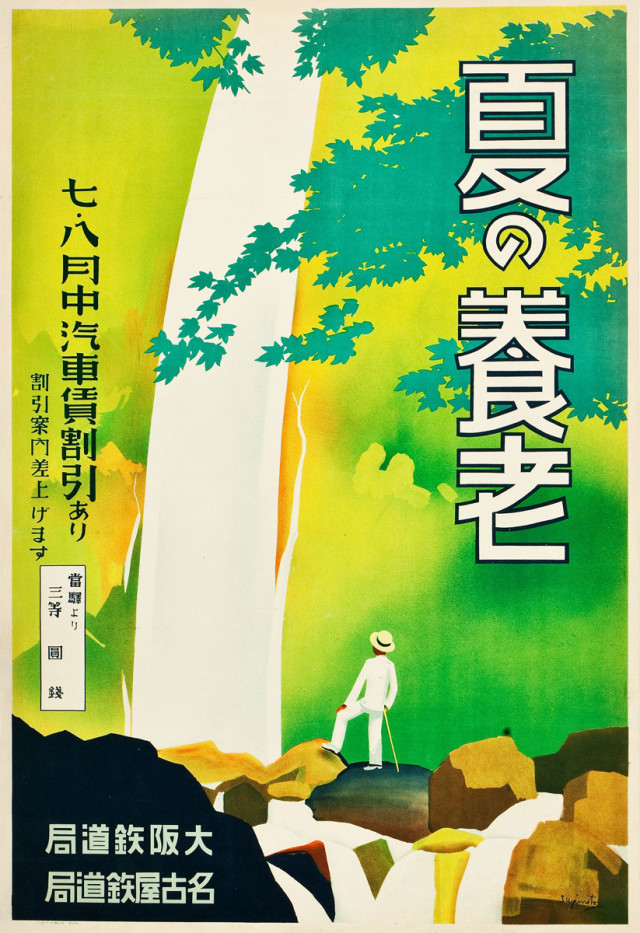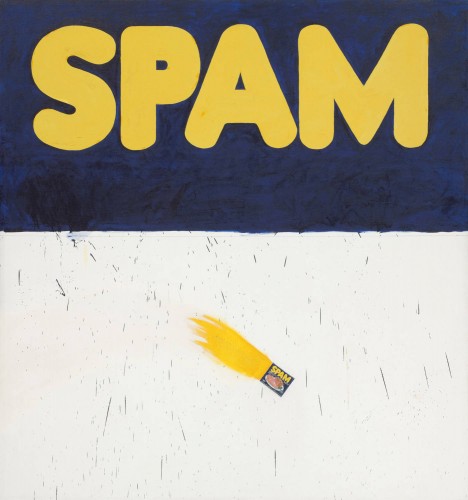A chart, like a picture, says more than words do
Welcome back to the work week (and try not to skip out on too much of what you need to do this week to watch the World Cup). Actually, can we pass a law that makes the World Cup more convenient to my personal time zone? But enough about that.
Here's what I wanted to share today, an interesting, quick read from the Washington Post on how much more effective charts are when compared to straight text for making sure your audience clearly understands the underlying data surrounding a particular issue.
Researchers from Dartmouth College and the University of Exeter recently published some interesting findings, ones that you probably already would have guessed at, around the effectiveness of charts in combating false conclusions or ones that are not supported by the facts.
To prove this thesis, the researchers took a given issue, say whether or not participants believed that the Earth's temperatures were increasing, and then showed one group a chart containing the relevant climate data, a second group was given a text-only version of the climate data, and a third group was given no additional information at all.
Here's the chart (naturally), of what the researcher's found happened to the levels of incorrect or non-factual beliefs that were held by each group after seeing the chart, text, or just going with their gut.
I am sure you noted on the chart that the actual groups of people being tested in this experiment were folks who identified as Republican, but for what I took away from the Post piece and the research itself, that is only a footnote. What really matters here is that among folks holding a particular belief, one that seems to be counter-factual, (or even flat out false), you have a much better chance of getting them to embrace the facts (and change their opinions of those facts), by showing them a chart of the relevant data, not a text-only passage. Doing nothing at all, or just shouting at them, is definitely the most ineffective strategy.
In the experiment above, using the chart of global temperatures drove the percentage of people holding incorrect beliefs down to 10%, a huge improvement from the text-only or 'nothing' strategies. That's the takeaway from this, don't get caught up in the political topics themselves. T
his strategy can be used for just about anything in the workplace where there are incorrect beliefs, perceptions, or just a person or a group that has dug their heels into the ground over a particular issue and you can't find a way to make them budge.
That's your assignment for the week - find one opportunity to send your message and make your point in chart form - don't rely on a simple email or a chat message to convince anyone of anything.
Ok, I'm out - have a great week!

 Steve
Steve



